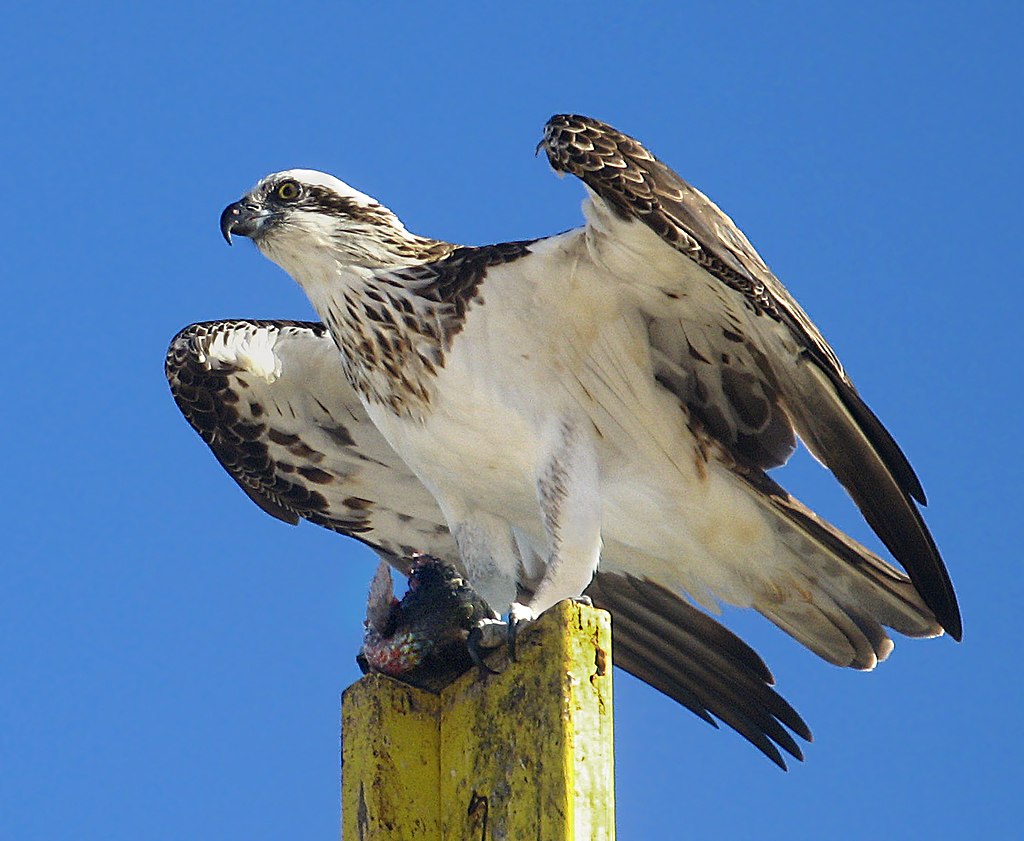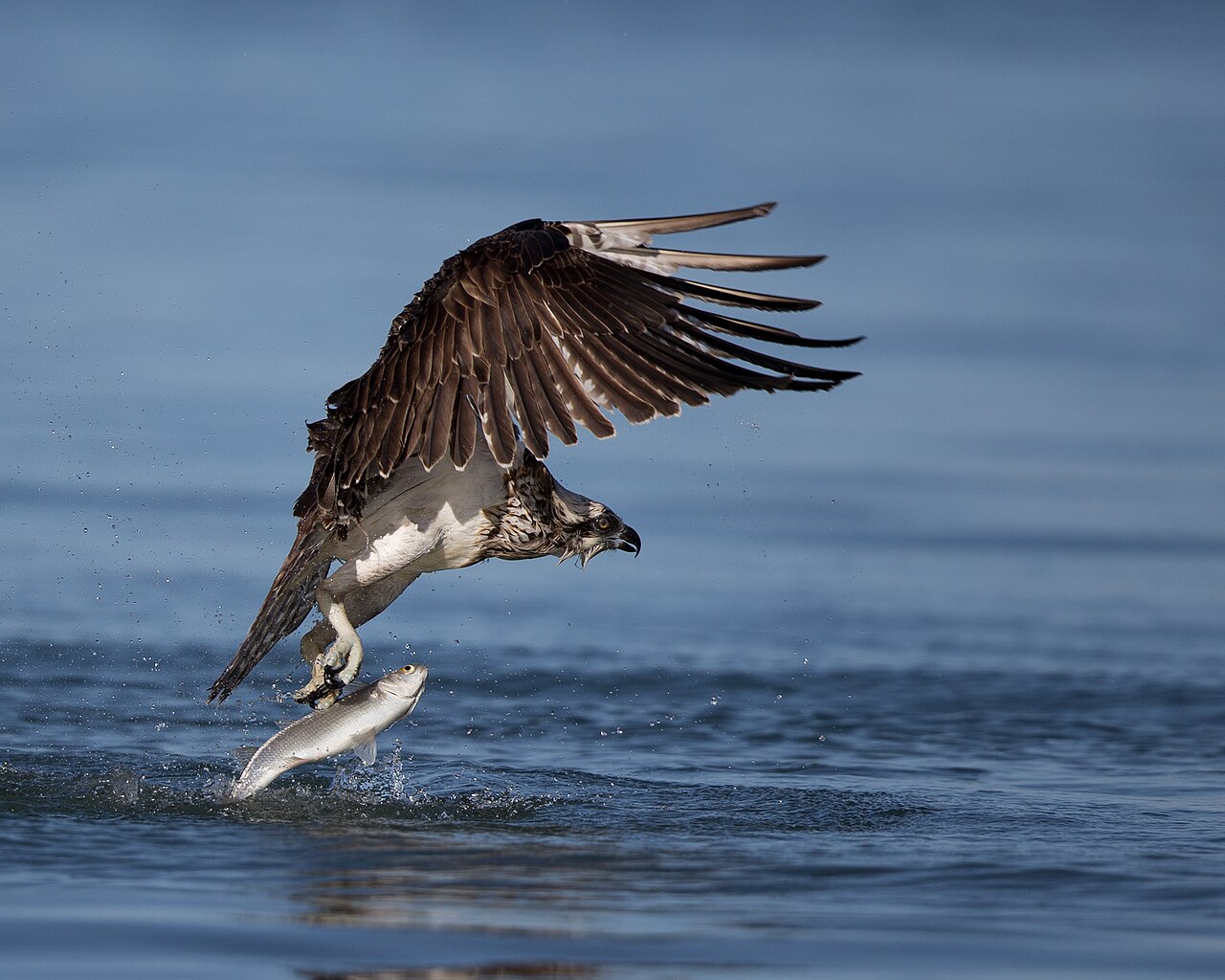Osprey Nest Platform Installed In Careel Bay Wetlands: Fingers crossed for a Spring Thing to happen...

On the first day of Spring 2025 the council installed a 23-metre-high Osprey Nest Platform at the rear of Hitchcock Park, Avalon – an initiative designed to support the conservation of the rare Eastern Osprey and enhance local biodiversity.
''The elevated nesting platform provides the ideal vantage point for Eastern Ospreys to safely breed and raise their young, high above the tree-tops and away from human disturbance.'' the council stated
In recent years, these remarkable birds have increasingly opted to build their nests in man-made alternatives such as sports lighting towers and construction cranes. These tall structures give the ospreys a birds-eye view of their fishing grounds, but nesting on cranes can also place the birds at risk when cranes are dismantled at the end of construction.
Mayor Sue Heins said the project reflects the council’s long-standing commitment to environmental stewardship and the protection of threatened species.
“The installation of the Osprey Nest Platform in Avalon is a significant and exciting step in our ongoing efforts to preserve local wildlife.
“By creating a safe and secure nesting habitat, we hope to welcome a new generation of ospreys to the Northern Beaches.
“Our community has shown overwhelming support for this initiative, and we are grateful for the opportunity to lead innovative conservation solutions in an urban setting,” Mayor Heins said.
However, the same council, just days ago, approved dogs offleash on Mona Vale beach, where Eastern Ospreys, along with other threatened species, have also been recorded fishing for food.
See: Northern Beaches Council recommends allowing dogs offleash on Mona Vale Beach
Additionally, people are seen taking dogs offleash in the vicinity from dawn until dusk all day every day, unchallenged and despite signage stating dogs are to be onleash here.
Atop this, residents have already witnessed an offleash dog chasing a sea eagle, eating a just-caught fish on the Careel Bay flatlands foreshore, from its meal.
The council installed the platform in a small area it cleared behind the Careel Bay sports fields, in the wetlands.
Last year, one pair constructed an impressive stick nest on a crane high above the construction site of local Pittwater Jamie Durie's new home.
Mr. Durie delayed having the crane removed while the pair raised a youngster, even setting up an 'osprey-cam' so people could check their progress.
It is hoped the nesting platform will entice the pair of Eastern Ospreys to settle in and call it home.
Eastern ospreys usually mate for life. The breeding period varies according to local seasons, between September and October in southern Australia, April to July in northern Australia and June to August in southern Queensland.
In Spring the pair begins a five-month period of partnership to raise their young. The clutch size is usually two to three eggs, sometimes up to four, and they are able to brood twice in a season, if it is safe to do so.
In New South Wales, the osprey is listed as vulnerable to extinction under the Biodiversity Conservation Act 2016 (NSW).
The population had declined until around the 1970s, when they began to thrive in northern area of the state, and started expanding their range southwards.
In July 2023, there were 13 breeding pairs on the Central Coast, the highest number ever observed in the region, and they were second most common raptor there, after the Sea Eagle. There was a nest of ospreys nesting in one of the light towers of Central Coast Stadium. The breeding pair produced chicks every year from 2016 until July 2023. The parents were named Rosie and Hutch by patrons of the stadium.
The council stated the project has been completed on schedule and made possible thanks to the generous support and funding from the NSW Department of Climate Change, Energy, the Environment & Water and ratepayers across the LGA.
The initiative may hopefully build on the success of artificial nesting towers across northern NSW, South-East Queensland and South Australia, and marks one of the first installation of its kind by a Sydney metropolitan council.
It may even provide the happy chirpy outcome all would wish for these threatened birds, provide the council with a confirmed form of redemption in little fluffy chicks. Residents hope so - and have applauded the council for this initiative - even though they have a few loose leashes to attend to first to ensure its success.
The eastern osprey (Pandion haliaetus cristatus) is a diurnal, fish-eating bird of prey. They live in coastal regions of Australia, the Indonesian islands, New Guinea, and the Philippines.
They are usually sedentary and pairs breed at the same nest site year in-year out, building up a substantial structure on dead trees or limbs. The subspecies resides in habitat close to coasts and estuaries that provide opportunities for fishing and they prefer a nest site with a good view over their fishing grounds.

Osprey with catch at Peel Harvey Estuary. Photo: MartinD62